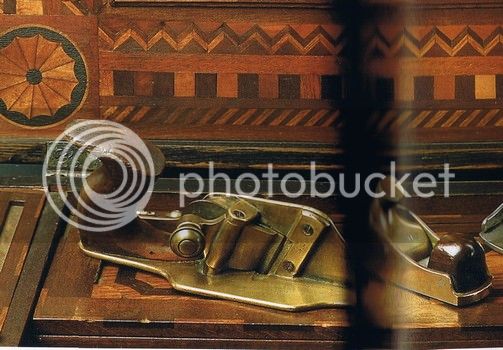David
I think that a direct comparison will be difficult to come by - only Philly has both. I have used both, but I do not have much access to the LN. On the other hand I do have the Stanley equivalent, the #62, and I do own the LV 62 1/2.
The question that has not been asked, or answered, is whether you have a special use in mind for the plane.
My vote would go to the LV for use on a shooting board. Not only does it have greater heft, but it also has finger grips (which work) for use on its side.
I do not see the greater width of the LV as a significant factor (it is only 1/4"). However, the great mass of the LV does make it easier to push through hardwoods.
I love the delicacy of the Stanley #62. Like Philly, I use it only with a LA cutting angle. It is like a large block plane, and its lightness is easier to manage on longer sections of endgrain when used manually.
With ergonomics and features in mind, the plus for the LN would be the angle of the tote. The plus for the LV would be that its tote is a 4-finger size, which I prefer. Besides the set screws, which stabilise the blade (debated by some) and offer fine tuning (definitely), the LV has a BIG feature, the depth stop for blade projection. This allows rapid and precise return to a setting. Very, very desireable. The LN does not have these features.
In the end, were I to have to choose one, it would have to be the LV.
Regards from Perth
Derek


































